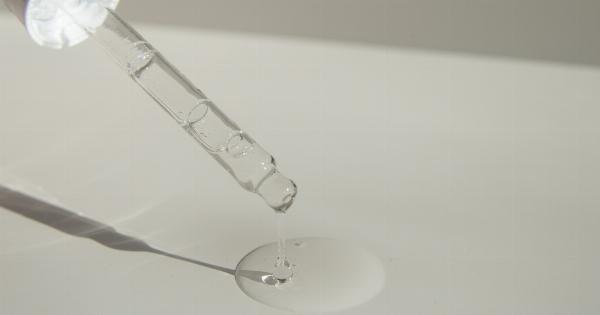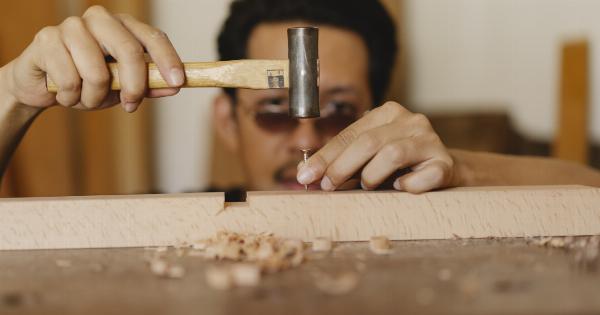Local thickness measurements are used to quantify the thickness of material in a small area. It is a widely-used technique in the materials science and engineering fields.
Local thickness measurements provide information about the mechanical properties of materials, the deformation behavior of materials, and the strength of materials.
However, no single method of measuring thickness is perfect. Different methods measure thickness in different ways, and some methods are better suited to certain applications than others.
In this article, we will explore the effectiveness of combining local thickness measurements to get a more accurate and complete picture of the thickness of a material.
Types of Local Thickness Measurements
There are several methods for measuring local thickness. Some of these include:.
- Optical microscopy
- Scanning electron microscopy (SEM)
- Transmission electron microscopy (TEM)
- Atomic force microscopy (AFM)
Advantages and Limitations of Each Method
Each method has its own advantages and limitations when it comes to measuring local thickness.
Optical microscopy
Optical microscopy is a fast and non-destructive method for measuring local thickness. It is also relatively cheap compared to other methods.
However, the resolution of optical microscopy is limited, and it cannot measure thicknesses below a certain threshold.
Scanning electron microscopy (SEM)
SEM is a more powerful method than optical microscopy, and it can measure thicknesses down to the nanoscale. However, it is a more expensive and time-consuming method, and it requires a specialized instrument.
Transmission electron microscopy (TEM)
TEM is the most powerful method for measuring local thickness, with a resolution down to the atomic level. However, it is also the most expensive and time-consuming method, and it requires a specialized instrument.
Atomic force microscopy (AFM)
AFM is a versatile method that can be used to measure thicknesses on a variety of surfaces, including those that are rough or irregular. However, it is a more time-consuming method, and it requires specialized training to use.
Combining Local Thickness Measurements
Combining local thickness measurements can improve the accuracy and completeness of thickness measurements. By using multiple methods, we can overcome the limitations of each individual method.
For example, we might use optical microscopy to get a fast and rough estimate of thickness, and then use SEM or TEM to get a more accurate measurement in areas of interest.
We might also use AFM to measure thickness in areas that are difficult to access with other methods.
Case Study: Measuring the Thickness of a Metal Coating
To illustrate the effectiveness of combining local thickness measurements, let’s consider a case study of measuring the thickness of a metal coating.
We might start by using optical microscopy to get a rough estimate of the coating thickness. Then, we might use SEM to get a more accurate measurement in areas of interest.
Finally, we might use AFM to measure the thickness of the coating on the edges and corners of the sample.
By combining these measurements, we can get a more accurate and complete picture of the thickness of the coating.
Conclusion
Local thickness measurements are an important tool in materials science and engineering. However, no single method is perfect for all applications.
By combining local thickness measurements from different methods, we can improve our accuracy and completeness in measuring thickness.































